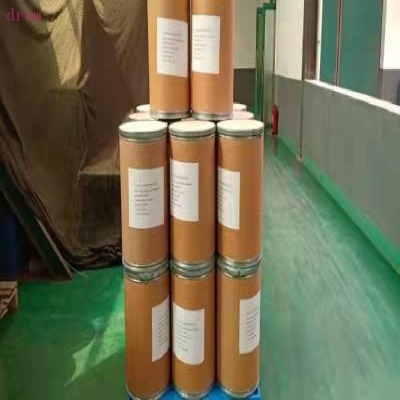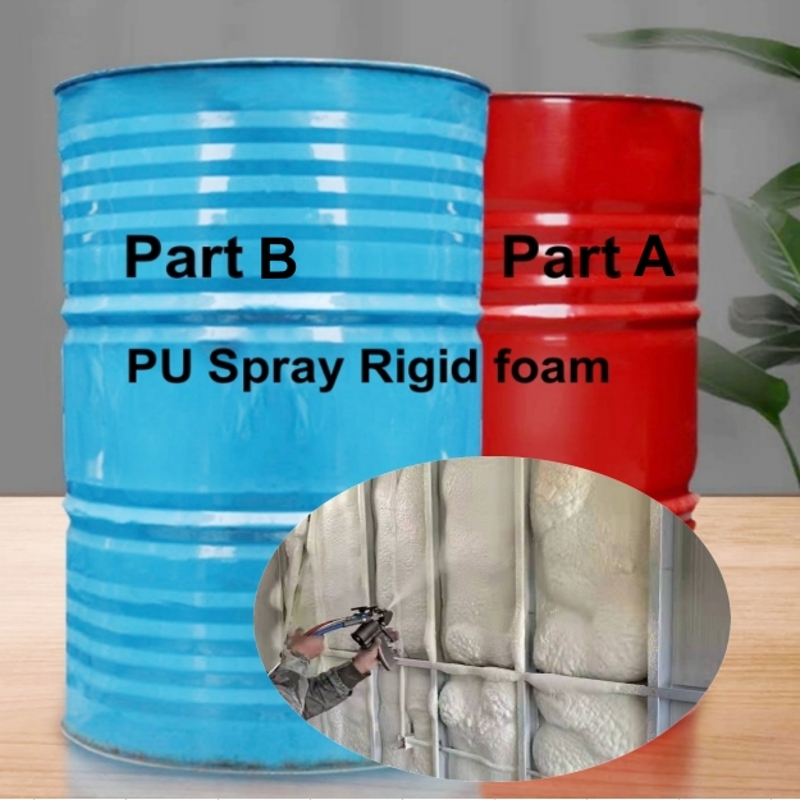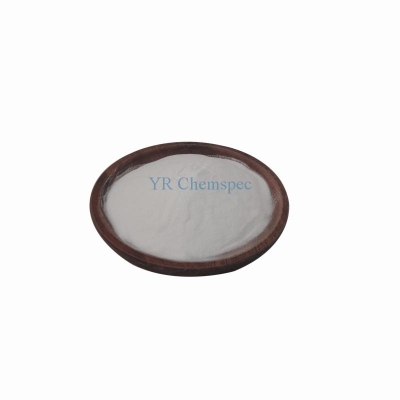-
Categories
-
Pharmaceutical Intermediates
-
Active Pharmaceutical Ingredients
-
Food Additives
- Industrial Coatings
- Agrochemicals
- Dyes and Pigments
- Surfactant
- Flavors and Fragrances
- Chemical Reagents
- Catalyst and Auxiliary
- Natural Products
- Inorganic Chemistry
-
Organic Chemistry
-
Biochemical Engineering
- Analytical Chemistry
- Cosmetic Ingredient
-
Pharmaceutical Intermediates
Promotion
ECHEMI Mall
Wholesale
Weekly Price
Exhibition
News
-
Trade Service
Recently, the new process for the production of propylene oxide by propylene peroxide direct oxidation of propylene in liquid-solid circulating fluidized bed and directly oxidized propylene by Tianjin Dagu Chemical Co.
, Ltd.
, jointly developed by Huang Jiahui and Liu Yingchun of the Dalian Institute of Chemical Physics, Chinese Academy of Sciences, passed the evaluation
of the results organized by the China Petroleum and Chemical Industry Federation.
The evaluation committee, chaired by Peng Xiaojun, academician of the Chinese Academy of Sciences, unanimously agreed that the technology has strong innovation, good application prospects, and reached the international leading level, and recommended accelerating the construction of
demonstration devices.
Different from the propylene oxide (HPPO) process by direct oxidation of hydrogen peroxide, FHPPO applies liquid-solid circulating fluidized bed reactors to the production of propylene oxide, opening up a new field of
industrial application of liquid-solid circulating fluidized bed reactors.
The process has the characteristics of green and low-carbon, high safety and good economy, and the key technical indicators are better than the existing process
.
FHPPO adopts a liquid-solid circulating fluidized bed reaction-regeneration system instead of the traditional tubular fixed-bed reactor, which strengthens the heat transfer and mass transfer rate of propylene liquid phase epoxidation reaction process and improves the production efficiency
of propylene oxide.
The catalyst can be continuously recycled and replaced, realizing a high degree of coupling
between epoxidation reaction and catalyst regeneration.
The test results show that the hydrogen peroxide conversion rate of the device is 99.
7%, the selectivity of propylene oxide is 98.
2%, the effective utilization rate of hydrogen peroxide is 99.
9%, and the purity of the product is 99.
95%, and the spatio-temporal yield is 2~3 times that
of similar technologies at home and abroad.







